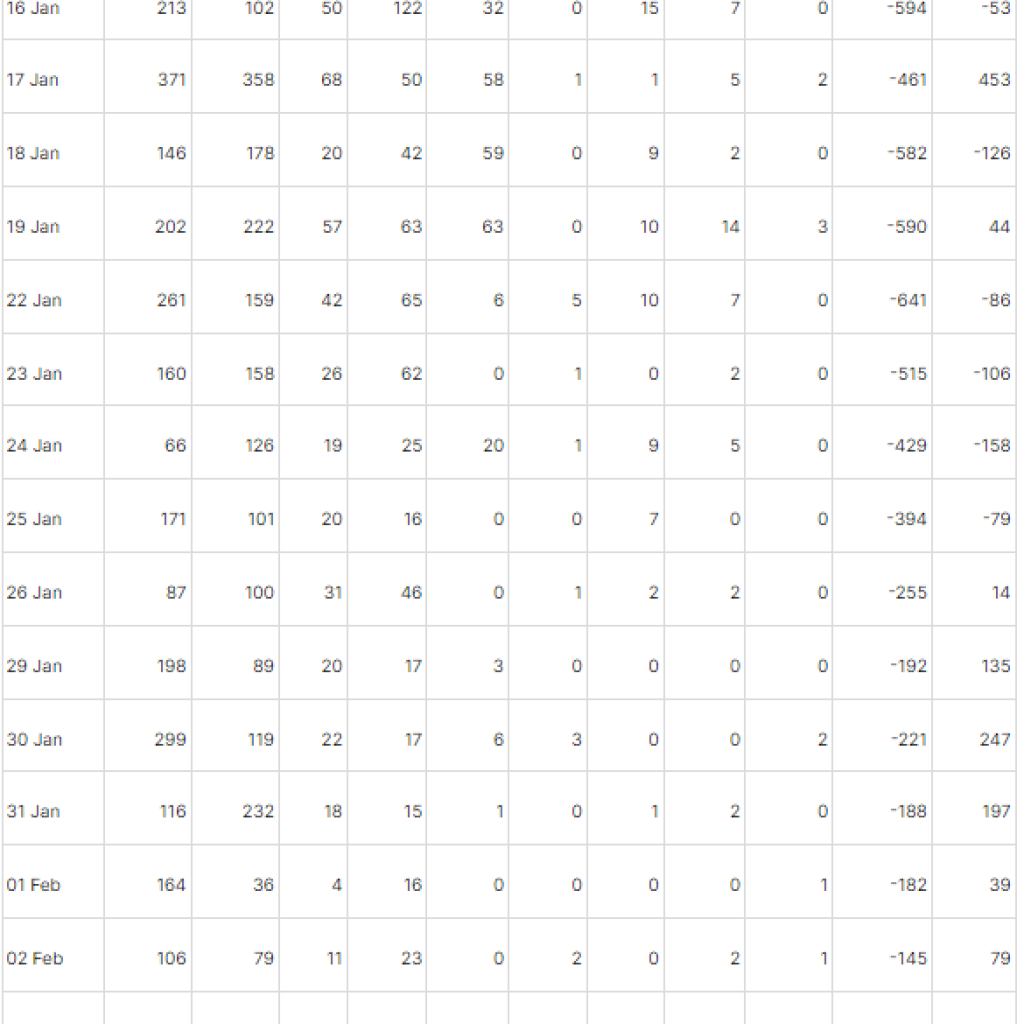Over the past year, the market dominance of stablecoins pegged to the United States dollar has undergone significant changes. While some stablecoins have experienced a downward trend, USDT has risen to its all-time high, according to data from CoinGecko.
USDT rises as other stablecoins decline
Circle’s USDC, once a frontrunner in the stablecoin market, has seen its market share decline from 34.88% to 23.05% in 12 months. Similarly, BUSD’s market participation has plummeted from 11.68% to 4.18% during the same period. Dai, on the other hand, has maintained a relatively stable participation rate of 3.66%, down from 4.05% in May 2022.
In contrast, Tether’s USDT has followed an upward trajectory. Its market dominance currently stands at 65.89%, up from 47.04% a year ago. Tether’s market capitalization has surged to $83.1 billion, while USDC’s market cap has declined to $29 billion from its peak of $55 billion. Circle CEO Jeremy Allaire recently attributed the declining market capitalization of USDC to the regulatory crackdown on cryptocurrencies in the United States. Meanwhile, Tether seems to have benefited from the current regulatory environment.
USDC faced a setback in March when it experienced a depegging from the dollar due to the U.S. banking crisis. Reserves worth $3.3 billion were stuck at Silicon Valley Bank, one of the crypto-friendly banks that regulators shut down. Despite assurances from Circle, the market reacted swiftly to the news, leading to USDC’s depegging.
Stablecoins have gained popularity as the crypto space intersects with traditional finance. A recent report by the European Systemic Risk Board emphasized the need for more transparency in the digital assets market, particularly regarding stablecoin reserves.
Tether continues to grow amid regulatory concerns
Tether, USDT’s parent company, has faced criticism for its lack of transparency in recent years. The Hong Kong-based crypto firm, owned by iFinex, was fined $18.5 million in 2021 by the New York Attorney General’s Office for allegedly misrepresenting the backing of its reserves. As part of the settlement, Tether was required to provide greater financial transparency. The company’s leadership has responded to negative allegations on Twitter, and it is actively working to reduce its exposure to the banking system following the collapse of Silicon Valley Bank.
Tether’s latest audit report reveals that the company withdrew over $4.5 billion from banks in the first quarter of 2023, significantly reducing counterparty risk amidst global economic uncertainty. The company has also increased its U.S. Treasury bills to over $53 billion, representing 64% of its reserves. The report states that USDT is now backed by 85% cash, cash equivalents, and short-term deposits.
Circle has made similar moves to mitigate risk in the face of macroeconomic uncertainty. The stablecoin operator has adjusted its reserves and no longer holds Treasuries maturing beyond early June. As the stablecoin landscape continues to evolve, Tether’s ascent and the challenges faced by other stablecoins highlight the importance of transparency, regulatory compliance, and adaptability in the fast-paced world of cryptocurrencies.





